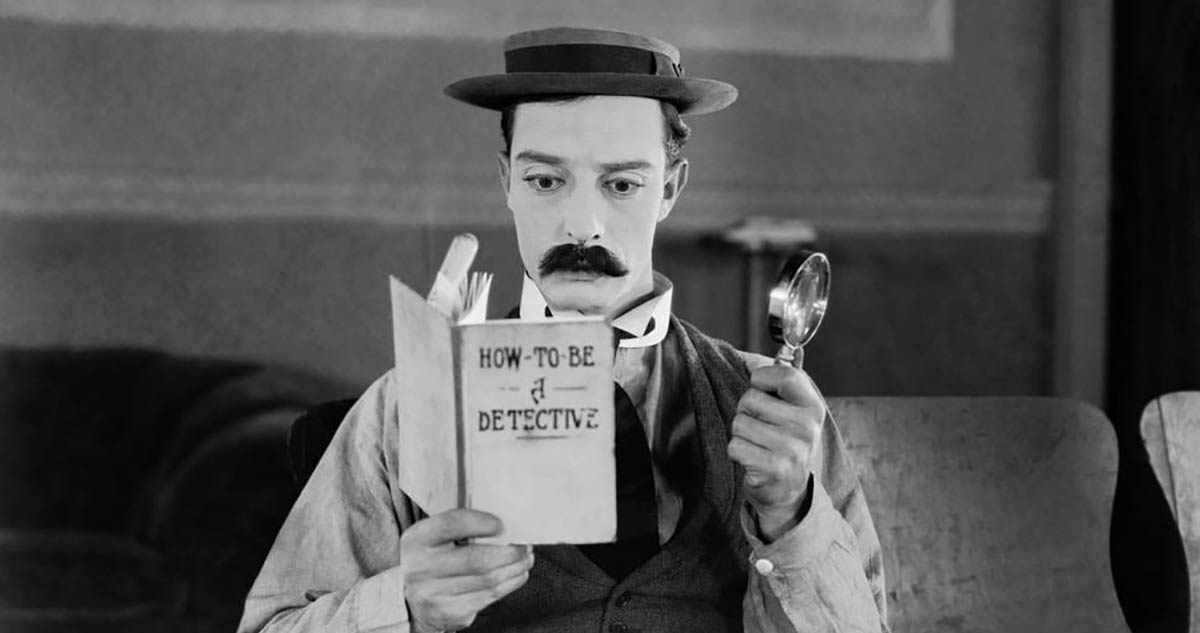Few, if any, forms of art have changed as fast as cinema. From the beginning, it was married to the greatest boom of technology the world has ever known. From the Kinetoscope and the Lumière Brothers to the birth of studios to talkies to color to 3D and the Marvel Cinematic Universe. Movies have always been changing as fast as they could be made, which, generally speaking, has left audiences rapt. But this avalanche of change — like the gloriously unhinged avalanche in “Seven Chances” — has had little regard for the norms and the people in its way. Buster Keaton, the indelible king of physical comedy danced around the boulders in “Seven Chances” but was thoroughly bulled over by the changing industry. While his legacy remains intact, the arc of his career is one of painful, if humble, desperation. But while “The Great Buster: A Celebration,” a new documentary about Great Stone Face, covers the arc of his life, it aims for simplicity, for a celebration of his unrivaled talents, and often fails to explore the complexity of the very man at its center.
READ MORE: Venice Film Festival Preview: 20 Most Anticipated Movies
Keaton was born into a pratfall. His family was a touring comedy troupe and the young Buster was on stage before he was two. He transitioned into films under the guidance of Fatty Arbuckle before rocketing to fame as the director and star of his own two-reel shorts. Stardom came quick, of course, and Keaton was soon writing, directing and starring in his own features, most of which he made during the 1920s. His fall, though, began in 1927, with the birth of sound. That alone might have been a storm Keaton could have weathered, but he also signed a disastrous deal with MGM that robbed him of his creative agency, divorced his wife (who changed the last names of his children), and sank into alcoholism. That he bounced back to rebuild and sustain a reputable, if, at times, unworthy-of-his-former-glory career, is no small feat.
‘The Great Buster,’ is mostly faithful to this tidy dramatic arc of Keaton’s life — rise, fall, and triumphant return to glory. Except, the film, in the hands of writer and director Peter Bogdanovich, is supposed to be a celebration of Keaton. Which is to say that from the very title, it should be clear that ‘The Great Buster’ is not setting out to plum the depths of Keaton’s soul or explore the tragedy of his fall and the fact that he never really did regain the glorious highs he reached in the ’20s. Bogdanovich’s film doesn’t exactly shy away from this darkness, so much as breeze right through it with gritted teeth — a sort of, Don’t worry, folks, it’ll all be over soon. The most egregious example of this is the fact that ‘The Great Buster’ saves Keaton’s decade of hits — the ’20s — for the final act of the film, a short of strategic reorganizing of a life in order to emphasize its peak over any sort of complete, complex picture.
Still, for all of the divisive choices Bogdanovich makes, it’s hard not to be wooed by the magnetic Keaton. With a lifetime of cinematic work to utilize, Bogdanovich highlights many of Keaton’s greatest gags and most impressive feats as a director and actor, which keep the film lively and engaging. And since ‘The Great Buster’ says it wants to be a celebration, it’s hard to fault it on that front. Bogdanovich assembles an impressive array of talking heads — Cybill Shepherd, James Karen, Dick Van Dyke, Johnny Knoxville, Paul Dooley and many others — to marvel at Keaton’s unrivaled talents and parse his legacy and their idolization of him is as endearing as it is enlightening. More than a documentary, ‘The Great Buster’ is a tribute to an icon.
But even when it isn’t obviously trying craft a nuanced portrait of an artist, Bogdanovich’s film manages to capture a man caught out of time. Keaton was a master of a particular art, an art that for many years was the pinnacle of American creation, an art that has turned out to be timeless but that was abjectly abandoned in the face of progression and the new, ever more impressive forms of cinema. And for the rest of his career, he was relegated to performing his craft in the service of nostalgia. It’s a far more tragic demise than Bogdanovich is willing to face, but one that is nonetheless present on Keaton’s great stone face. It’s hard, then, as the film rewinds back decades to nostalgically revisit Keaton’s finest works to feel anything but the desire to simply watch them in their entirety yourself. [B-]
Check out all our coverage from the 2018 Venice Film Festival here.





